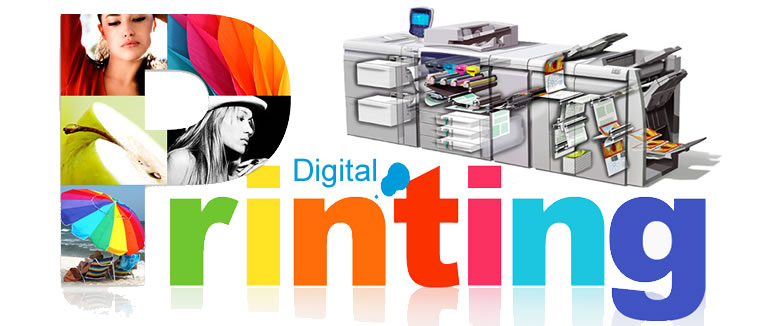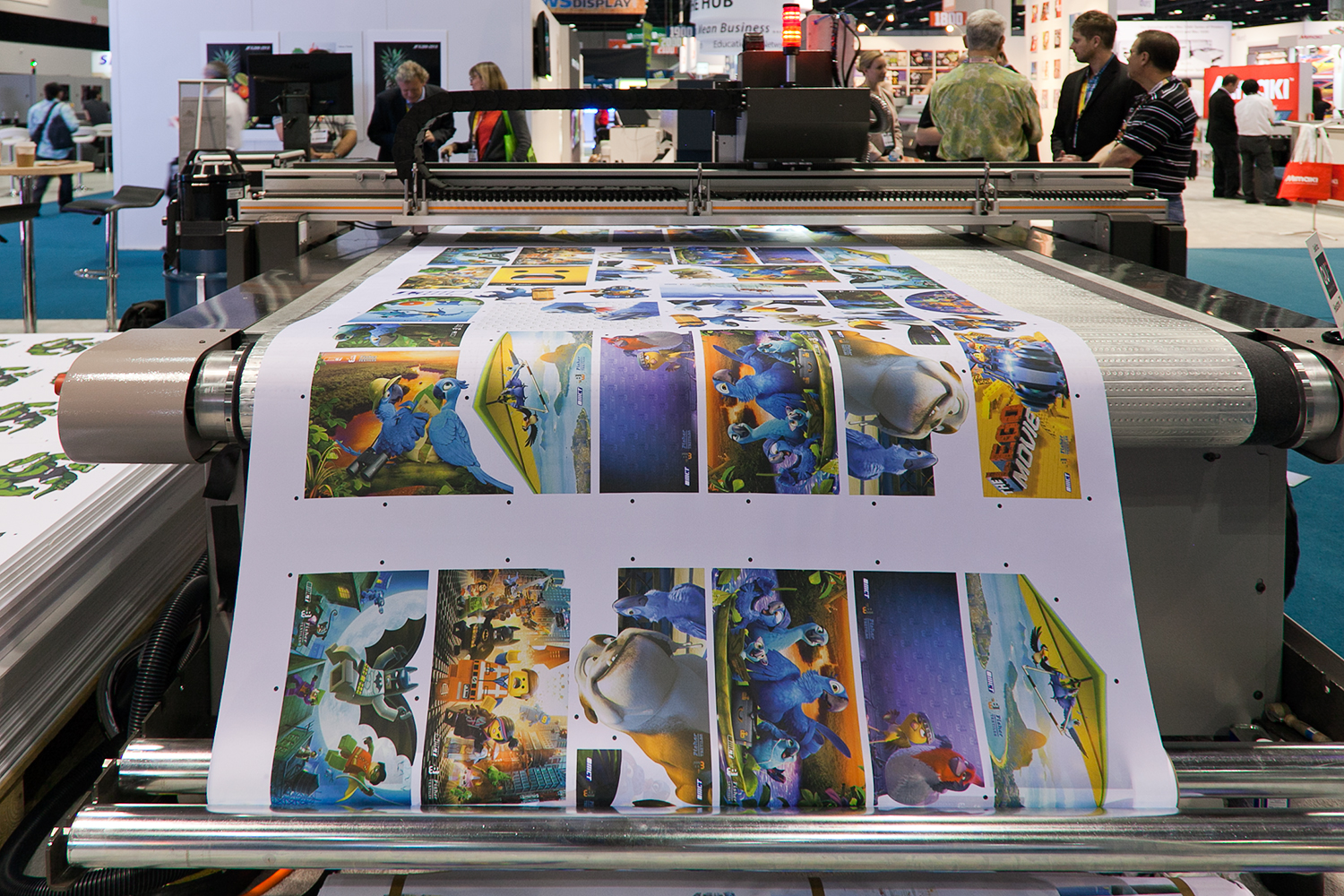Digital Printing - Questions
Table of ContentsThe smart Trick of Digital Printing That Nobody is Talking AboutThe 45-Second Trick For Digital PrintingHow Digital Printing can Save You Time, Stress, and Money.The 20-Second Trick For Digital PrintingThe Definitive Guide to Digital PrintingDigital Printing for DummiesThe smart Trick of Digital Printing That Nobody is Talking AboutDigital Printing - An Overview
Customization likewise permits companies to stand out in a crowded market by creating special advertising and marketing materials that differentiate them from their competitors. One of the main advantages of digital printing is the ability to print variable information. Each published piece can be unique, permitting services to develop customized marketing products that talk directly to their target audience.Digital printing additionally enables customization in the layout of marketing materials. With digital printing, organizations can create styles that are unique and customized to their details demands. This can include personalized graphics, fonts, and formats that can help to distinguish them from their rivals. Another benefit of electronic printing is the capability to publish on demand.
Not known Factual Statements About Digital Printing
By publishing smaller sized amounts of marketing products, companies can reduce waste and prevent the demand for excess inventory. Digital printing is also functional.
By using various materials and styles, companies can produce distinct advertising materials that stand apart from their competitors and attract focus from their target market. Digital printing additionally uses uniformity. With typical printing approaches, there is often variation between prints because of differences in ink coverage, pressure, and various other aspects.
This consistency can help construct client count on and reputation, revealing that business is dedicated to giving top notch materials. Consistency is specifically crucial for companies that wish to build consumer depend on and trustworthiness. By making sure that every print corresponds, businesses can show that they are committed to giving high-grade products and focusing on the information.
3 Easy Facts About Digital Printing Described

In enhancement, electronic printing creates less waste due to the fact that it can print as needed and in smaller quantities, minimizing the demand for excess supply and products. Digital printing additionally uses less energy compared to traditional printing methods. Digital printers do not need as much energy to operate, as they do not require to warm up as a lot or utilize as much power to run.
The Best Strategy To Use For Digital Printing

Balanced out printing calls for a plate for each shade printed. Standard offset printing is a print technique that makes use of aluminum plates to transfer ink onto a rubber sheet (usually referred to as a "blanket").
The Best Guide To Digital Printing
Countered printing allows for a vast variety of print products to be used throughout production. The high-quality images generated via countered printing make it the favored technique, especially among graphic developers, when looking for the biggest color best site recreation, information, and professional-looking prints.
The essential printing method remains countered. For digital inkjet printing, ink is moved directly onto the surface area. As opposed to counting on aluminum plates and rubber coverings to move a picture, electronic printing uses fluid ink during manufacturing. Traditional home inkjet printers are just one of the most typical digital printing techniques.
The 6-Minute Rule for Digital Printing
Since balanced out printing can mix custom-made color inks for each task, it will naturally get the colors spot-on. Count on countered printing for tidy, distinct types and images without streaks or areas.
It sets you back a great deal to start a balanced out job. You have to spend cash into creating the plates, which requires time. Nevertheless, as soon as you've invested it, every one of the products prepare to go, and you'll spend much less on huge offset work than an electronic print, which has to do with the same per item no matter how large the task gets.
Digital printing is much less costly for low-volume jobs. The cost per device drops for digital printing, view publisher site so at some factor, they crisscross. Transforming information within a single print task.
How Digital Printing can Save You Time, Stress, and Money.
While electronic printing or inkjet printing is the favored option in the present times, there are compelling reasons to convert from countered to electronic printing systems. When publishing countered or electronically, essential decisions and processes are involved in color matching.
Whichever the situation, the color will require to be matched. Shade matching of electronic printer ink is no more challenging with dyes and pigments. Industrial inkjet printing provides adaptability for printing on various substratums. Digital printing is ideal for clients that do not call for longer runs and resource warehousing materials.

One benefit of digital printing is selecting from a wide variety of digital substratums. With countered printing, substrates comprise, on standard, 30% of the cost of the job. With digital printing, the expense of the substratum in the overall job is small. This enables more options than ever before, and that benefits marketers and services.
4 Easy Facts About Digital Printing Shown
Equipment prices in inkjet printing are far reduced than balanced out printing as there are no plate-making, plates, and press expenses. Past the capital cost, the prepress devices and printing presses require very competent operators in countered printing, which adds labor prices.